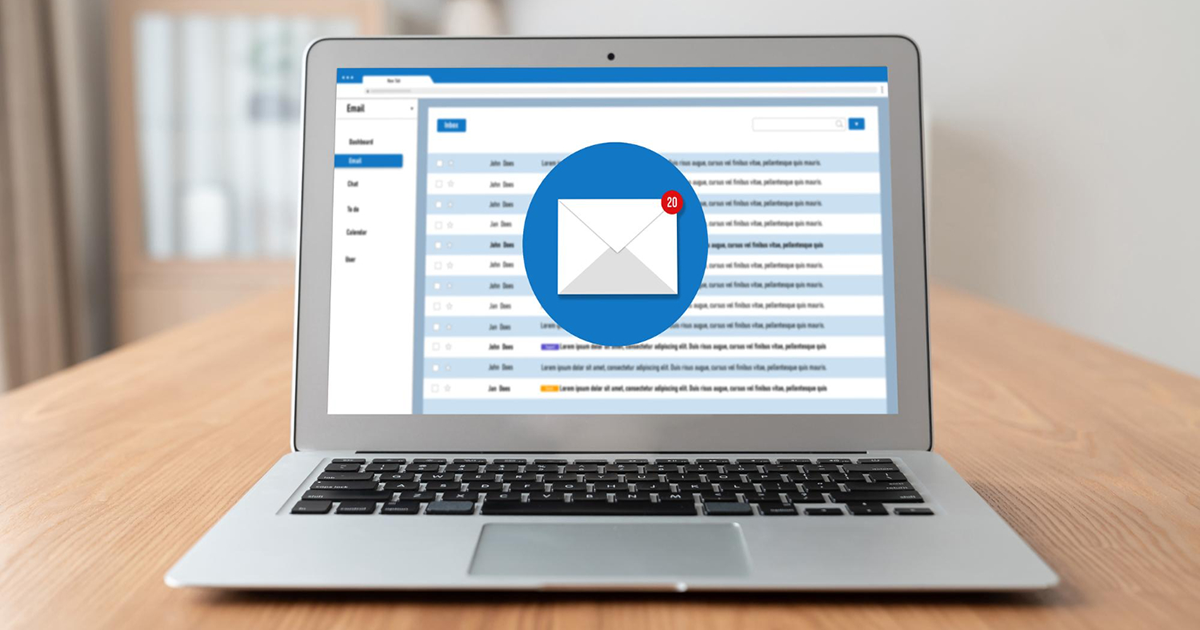
Email Extractor from CSV
Introduction to Email Extractors In today’s digital landscape, email marketing remains a powerful tool for businesses and individuals alike. But gathering the right emails can […]

Introduction to Email Extractors In today’s digital landscape, email marketing remains a powerful tool for businesses and individuals alike. But gathering the right emails can […]

Introduction to ScoutForge In today’s fast-paced digital world, having the right software tools can make all the difference for your business. Enter ScoutForge, a game-changer […]

Introduction to Startups Startups are the new kids on the block, shaking up industries and challenging traditional norms. They embody innovation and creativity, often pushing […]

Introduction to the Auto Repair Industry The auto repair industry is undergoing a transformation unlike any we’ve seen before. As vehicles become more advanced, the […]

In a world where first impressions are everything, crafting a dominant corporate image is no longer just an option—it’s essential. Your brand’s identity is often […]

Introduction to the changing landscape of marketing The marketing landscape is undergoing a seismic shift. Traditional methods that once dominated the field are evolving, making […]

Introduction: The Importance of Contact Centers in Modern Business In today’s fast-paced digital landscape, contact centers have evolved into a lifeline for businesses aiming to […]

Navigating the aftermath of an accident can be daunting. If you’ve experienced personal injuries due to someone else’s negligence, you might find yourself wondering about […]

Introduction to Earning Income Online The digital world is bursting with opportunities to earn income right from the comfort of your home. Whether you’re a […]

Introduction to date changes in flight bookings Life is full of surprises, and sometimes those surprises come in the form of unexpected changes to your […]
Copyright © 2025 | WordPress Theme by MH Themes